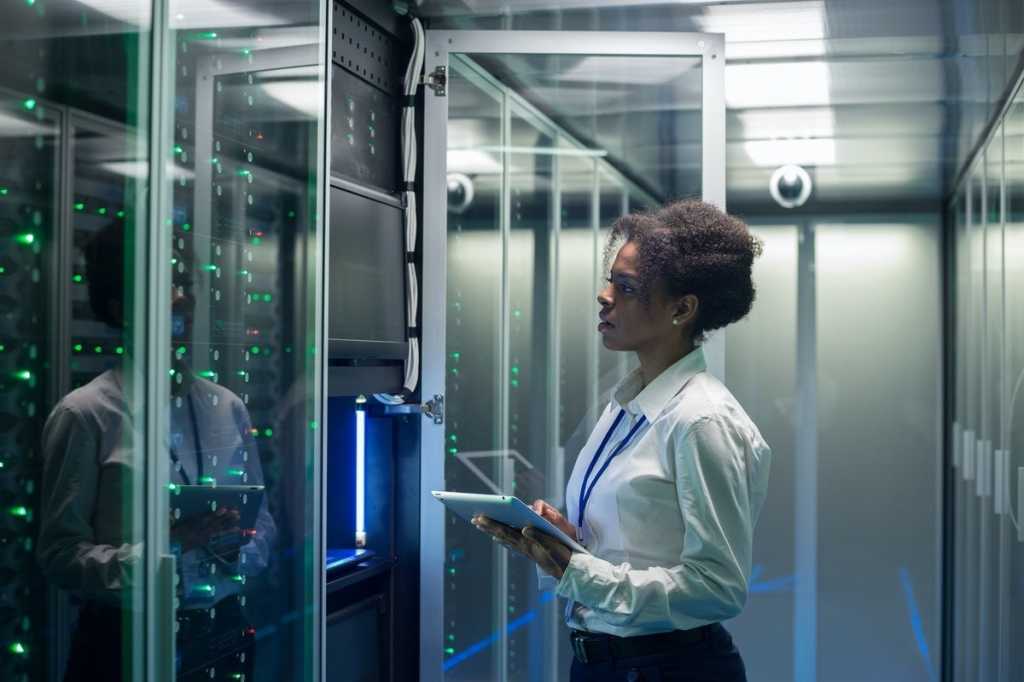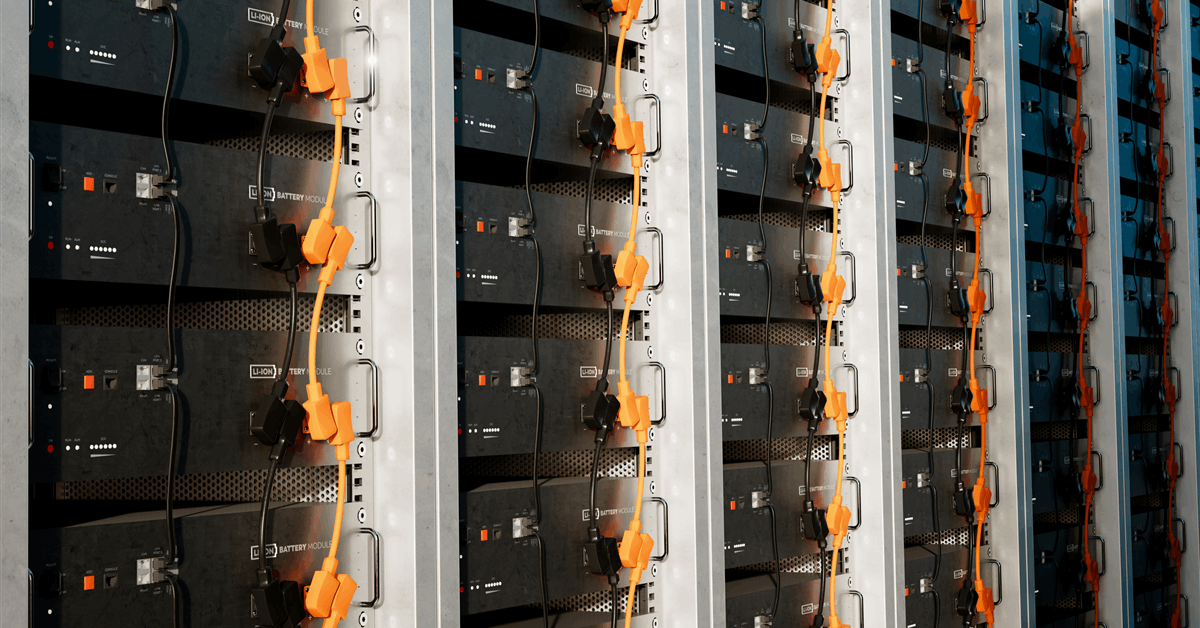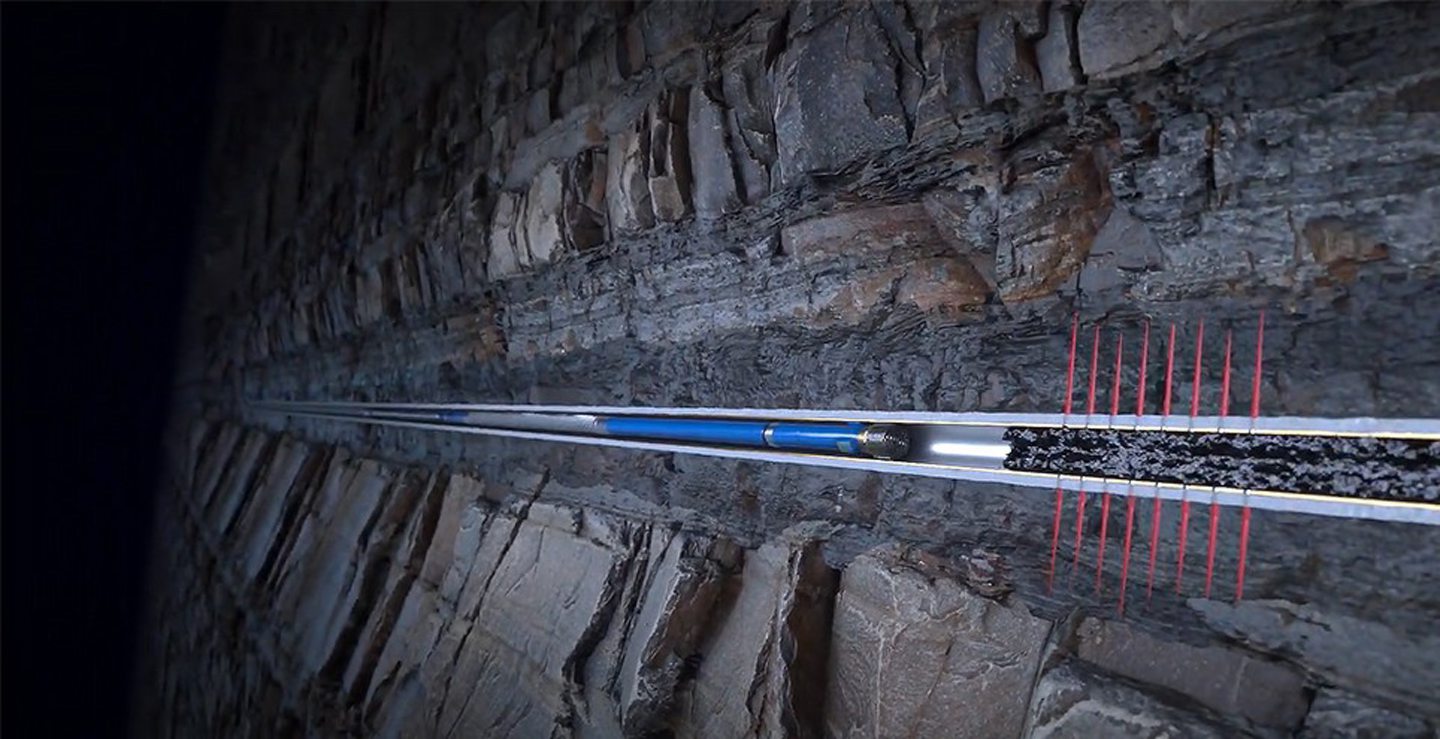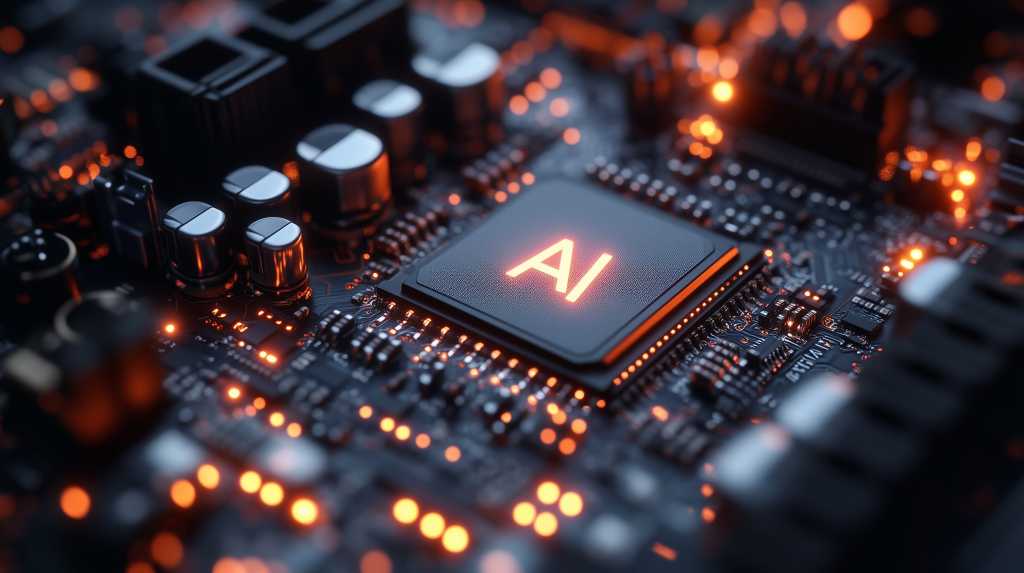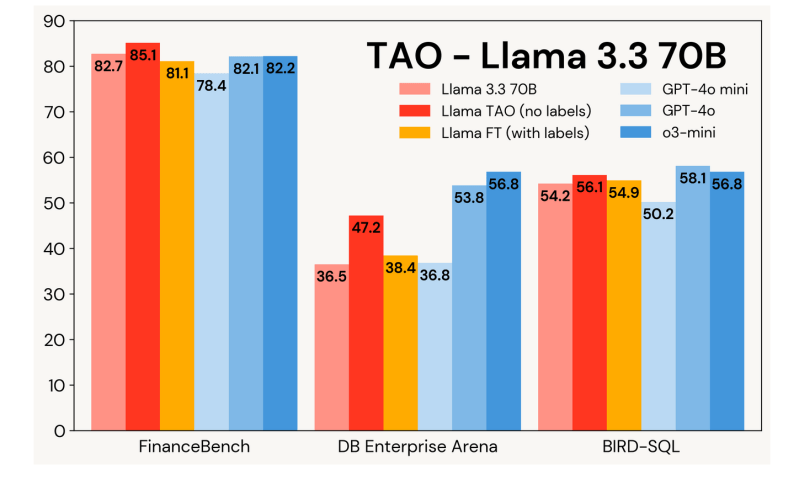
Nigeria’s push to revive oil production and encourage investment has been put at risk by sabotage at the heart of its crude pipeline system.
Better security has been key to a recovery in the nation’s output, which rose 40% over the past few years after slumping to little more than half its historic peak. In January, Africa’s biggest producer even breached its once-distant OPEC quota.
The vandalism on a segment of the Trans-Niger Pipeline — which handles about 15% of the nation’s exports — is a setback for a government that had already taken measures to increase security in the area. President Bola Tinubu responded by imposing a state of emergency in Rivers State on Tuesday, citing an 18-month political standoff between local officials who he said failed to stop acts of sabotage by militants.
“This is a blow to the Tinubu government’s recent successes on oil output, gains driven in part by improved security measures,” said Clementine Wallop, director for sub-Saharan Africa at political-risk consultant Horizon Engage. “It is also a very difficult investment signal during a period where the government seemed to be turning a corner on energy.”
Renaissance Africa Energy, a local consortium that only last week took control of assets including the TNP that it bought from Shell Plc, said it has no plans to issue a force majeure over exports of Bonny Light crude. Two tankers are waiting to load from the Bonny terminal, according to ship tracking data compiled by Bloomberg.
In 2022, when Nigeria nearly dipped below a million barrels a day, security on the TNP had deteriorated to such an extent that the pipeline system had been illegally tapped in about 150 places. That meant producers only received a small fraction of the volumes they pumped through.
Tightening security on oil pipelines has recently pushed thieves to target gas conduits instead. Still, the broader revival of vandalism and sabotage raises critical challenges for Nigeria, which relies on oil and gas revenue to fund about half of its budget.
The political instability that led to Tinubu imposing a state of emergency adds to the uncertainty. That started when Rivers State Governor Siminalayi Fubara and his predecessor Nyesom Wike — a Tinubu ally and the only opposition member in the president’s cabinet — fell out after elections in 2023, creating local factions that threatened to turn violent.
“Against that backdrop, we see scope for further near-term unrest,” Wallop said.
Last month, Nigeria’s highest court ruled that Fubara had acted illegally when he governed the state without the majority of legislators loyal to his rival. It directed the central bank to withhold revenues — mostly its share of crude oil and gas sales — further raising tensions.
Tinubu ordered the suspension of Fubara and his deputy for six months, alongside local legislators elected in 2023. The president appointed a retired military administrator to govern the state.
Renaissance has begun a joint investigation into the vandalism, according to a company spokesman. While avoiding a force majeure — a legal clause allowing companies to skip their contractual obligations — the infrastructure damage presents a first major challenge to the local group.
“The approach Renaissance takes will be crucial in setting the tone around how the above ground challenges in Nigeria’s oil and gas sector will be resolved by the indigenous operators,” said Mansur Mohammed, head of West Africa upstream research for Wood Mackenzie Ltd.
WHAT DO YOU THINK?
Generated by readers, the comments included herein do not reflect the views and opinions of Rigzone. All comments are subject to editorial review. Off-topic, inappropriate or insulting comments will be removed.
MORE FROM THIS AUTHOR
Bloomberg

